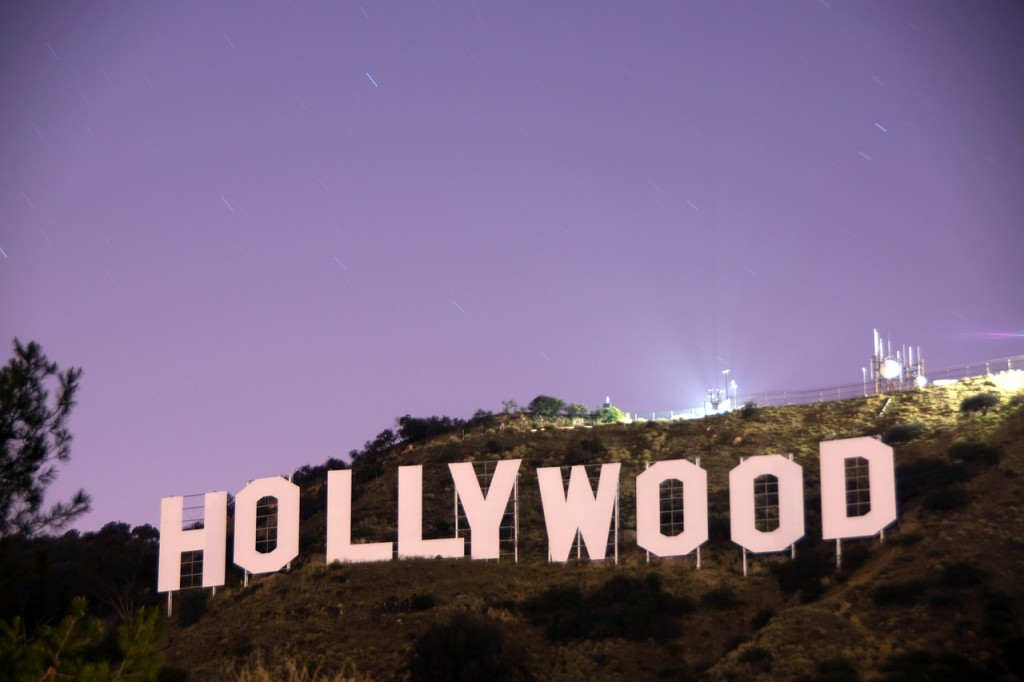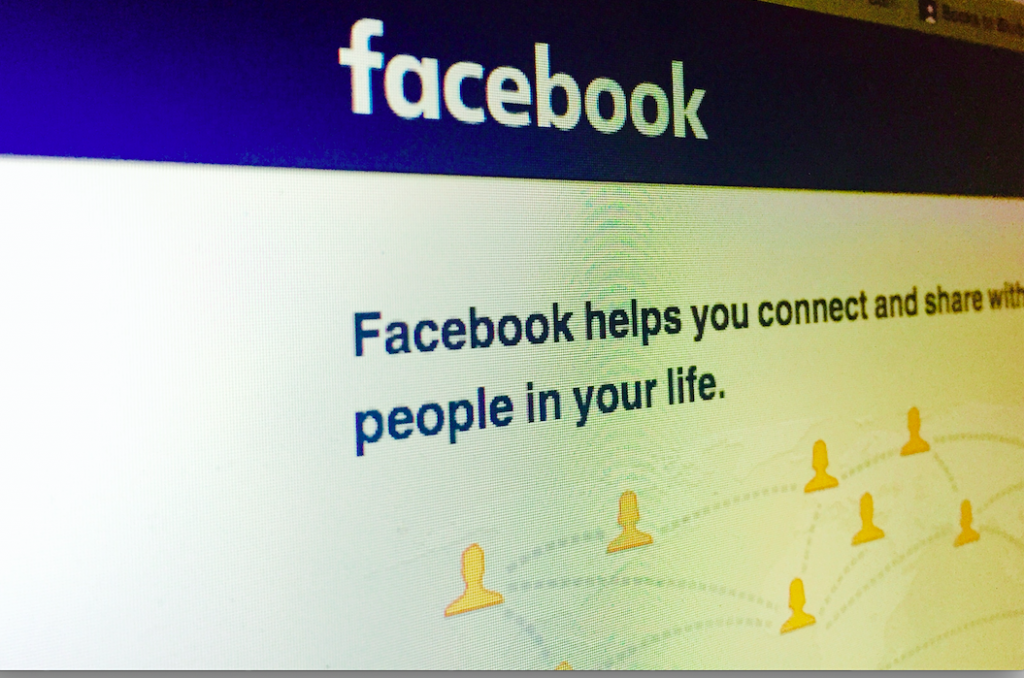There’s a scene in Back to the Future II where Marty McFly, played by Michael J. Fox, travels through time from 1989 to 2015. As he is taking in the wondrous sights of the future, he passes a cinema that is advertising a new film, Jaws 19. Before he knows it, a 3D digital shark emerges from the cinema marquee and “devours” him. Though the new technology is impressive enough to give him a cheap scare, McFly dismisses the creature—and the film—with a wonderful put-down: “Shark still looks fake.”
If this joke worked in 1989 (and it did), it works doubly so now. Lampooning Hollywood’s obsession with the franchise and its cheap efforts to cover the lack of originality through technology made for good laughs twenty six years ago, but today the satire hits even closer to home than it did in the golden age of Spielberg. The last decade of the American film industry has been unparalleled in its repetition, reliance on twice (and thrice) told tales, and shameless appeals to nostalgia and familiar fables. The phenomenon is not merely of recycled plotlines or predictable stores, which are features of any art form and can be just as healthy as obnoxious. Rather, the Hollywood of the previous 20 years has fixated almost exclusively on sequels, reboots, and remakes. What audiences are getting from their cinematic storytellers isn’t merely like what they’ve seen before; in a many cases, it’s exactly what they’ve seen before.
Consider the big picture. According to Box Office Mojo, from 1990-2000, sequels topped the yearly box office only twice (1991’s Terminator 2, and 1999’s Star Wars Episode I). From 2001-2010, they were the highest grossing films a whopping 7 years out of 10. The transformation between the two decades is even starker when you compare, for example, the top 10 box office lists from 1998 and 2013. Only two sequels, Lethal Weapon 4 and The Mask of Zorro, managed to place in the top 20 for the box office in 1998, a percentage that is fairly consistent throughout the decade. In 2013, that number of was quadrupled; eight sequels placed in the top 20, a percentage that, again, is more or less representative of the entire decade.
Since 2002, we’ve seen 5 Spider-Man films, 4 Pirates of the Caribbean films, 8 Avengers films (three for Iron Man, two for Thor, one for the Hulk, and two Avengers movies), and, worst of all, four permutations of Michael Bay’s horrendous Transformers. Since 2008, there have been high-budget reboots of Star Trek, Alice in Wonderland, The Karate Kid, Planet of the Apes, The Wizard of Oz, Teenage Mutant Ninja Turtles, Cinderella, and of course, Star Wars (scheduled for December 2015). And just recently previews have released for live action versions of Beauty and the Beast, The Jungle Book, and a Mary Poppins remake. (I cannot fathom the kind of imagination that would watch the Julie Andrews’ performance as Mary Poppins and think it could be improved upon with CGI).
What makes the joke from Back to the Future funny is the ridiculous-yet-totally-plausible idea of 19 versions of the same exact story. But has the joke become reality? In a few months America will get its 7th Star Wars film, only the first in a planned reboot that includes at least two other main films and a spinoff. That’s 10 movies in what will be about 40 years. Impressive? Absolutely. George Lucas should and will be remembered as a technological visionary and a world class storyteller. And I won’t pretend to hide my own anticipation of the new films. But is the fact that American culture still stops its work week over a Star Wars movie really good news? Should we be proud that the seventh installment in a 40 year movie franchise is virtually guaranteed record breaking profits and fandom? There’s nothing wrong with loving a well-told story that delights the imagination. But the collective thirst for more of the same stories, not just the same kind of stories, could be symptomatic of a stagnant cultural imagination.
There’s a freedom and a pleasure in letting stories end, in closing the book or rolling the final credits on our beloved tales. The need to resurrect our favorite characters and places through the sequel or the reboot isn’t a need based in the deepest imaginative joys. For one thing, it is good that stories end rather than live on indefinitely so that we treasure them as we ought and lose ourselves in a finite universe rather than blur the lines in our mind between the truth in our stories and the truth in our lives. If we cannot allow myths to have definite beginnings and endings, it could be that we are idolatrously looking to them not for truth or grace but for a perpetual youthfulness.
Of course, there’s nothing wrong with coming back to the most beloved stories and the well-worn people and places. The greatest stories are the ones that endure, after all. The problem is not with the stories in any case, it is with us. The lure of nostalgia is that it lets us relax in the past, where our future is settled and present troubles evaporate. The imagination delights in the familiar but it cannot live on it; an obsessive relationship with the fictions that we know so well could be a threat to make our imagination less a place to see the unseen realities of the universe and more an endless hall of mirrors.
C.S. Lewis wasn’t afraid of reading stories for children. “When I became a man I put away childish things,” he famously once said, “including the fear of looking childish and the desire to be very grown up.” Lewis knew how to treasure the old tales. He wrote seven volumes of the Chronicles of Narnia. The final book, The Last Battle, ends the story of Narnia with a beautiful finality. If Narnia had no ending, the entire story would be worse for it. We love our stories best when we don’t seek to make them eternal, but when we see through them to the one story that never ends but will never stay the same. “Behold, I make all things new.”

















